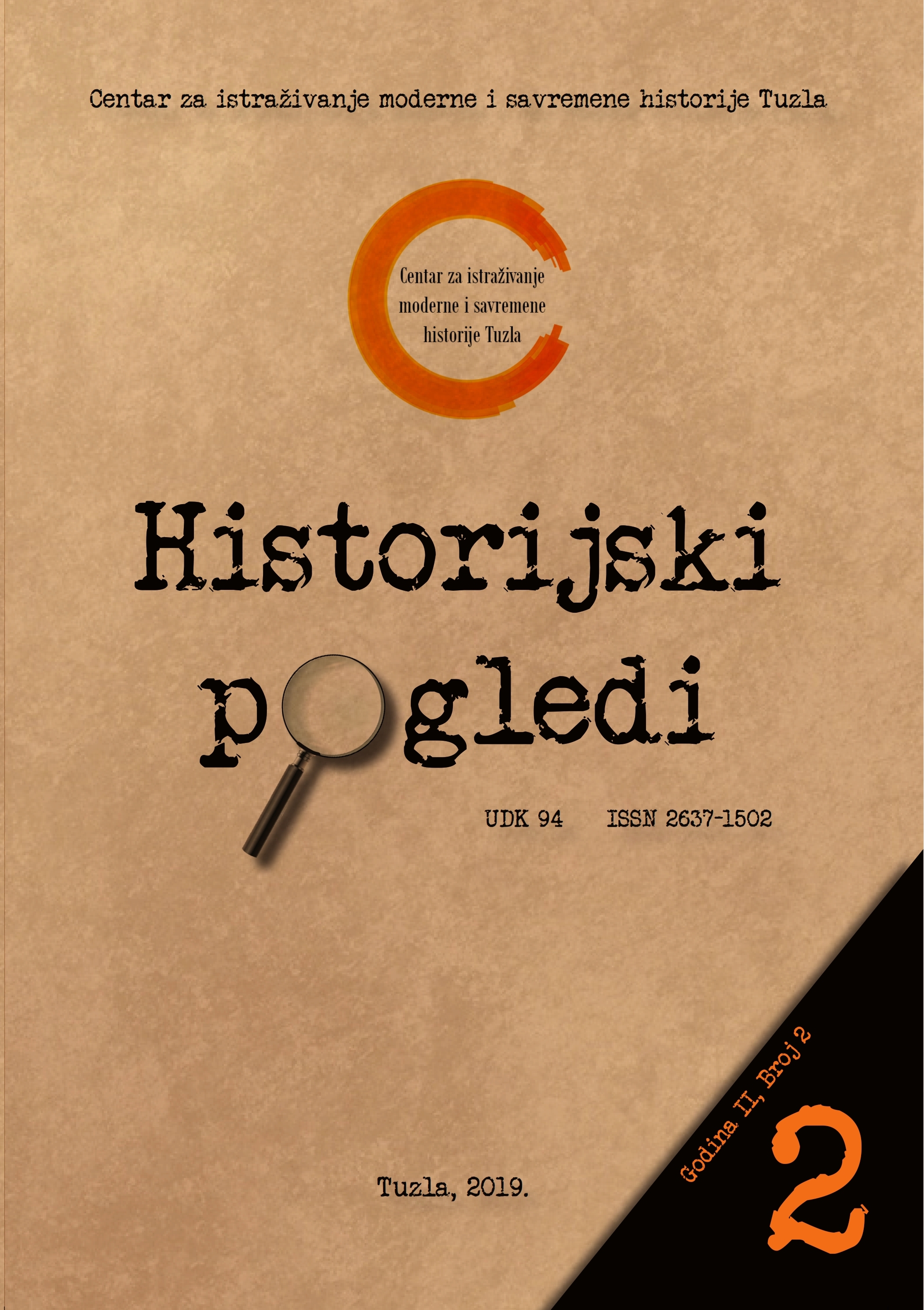U SLUŽBI IDEJE „NARODNOG I DRŽAVNOG JEDINSTVA“: ŠKOLSTVO U BOSNI I HERCEGOVINI OD 1918. DO 1929. GODINE
IN THE SERVICE OF THE IDEA OF "NATIONAL AND STATE UNITY": SCHOOL IN BOSNIA AND HERZEGOVINA FROM 1918 TO 1929
Author(s): Sead SelimovićSubject(s): Cultural history, Political history, History of Education, Pre-WW I & WW I (1900 -1919), Interwar Period (1920 - 1939)
Published by: Centar za istraživanje moderne i savremene historije Tuzla
Keywords: Education; Bosnia and Herzegovina; Kingdom of Serbs, Croats and Slovenes; Provincial Government for Bosnia and Herzegovina; Curricula and Teachers; Teachers; Textbooks;
Summary/Abstract: The school system represents one of the most important segments for each state and society. For this reason, and for a number of other reasons, the authorities are trying to put schools under their control. Through the education of Bosnia and Herzegovina, political, economic, cultural, national and other goals of the ruling political elites were achieved. The curricula removed contents whose educational goals were in line with the interests of the Austro-Hungarian regime. The ruling elite was spreading the idea of a "three-nation nation", seeking to create a unique political, economic, educational and cultural space. Schools were given the task of developing the idea of a common fold and the idea of '' national and national unity ''. The idea, in the view of the ruling elite, could have been realized by schools, not by the army and officials. Teachers who had to respond to the '' spirit of the times '', as well as curricula and textbooks, played an important role in achieving the goals. Significant changes were made in the group of national subjects (history, geography, Serbian or Croatian language), with an emphasis on the history and geography of Serbs, Croats and Slovenes, and works on Serbian, Croatian or Slovenian literature were prescribed for the school textbook. Most of the textbooks were written by authors from Croatia and Serbia, while only a small number were from Bosnia and Herzegovina.
Journal: HISTORIJSKI POGLEDI
- Issue Year: II/2019
- Issue No: 2
- Page Range: 213-229
- Page Count: 17
- Language: Bosnian, Croatian, Serbian

